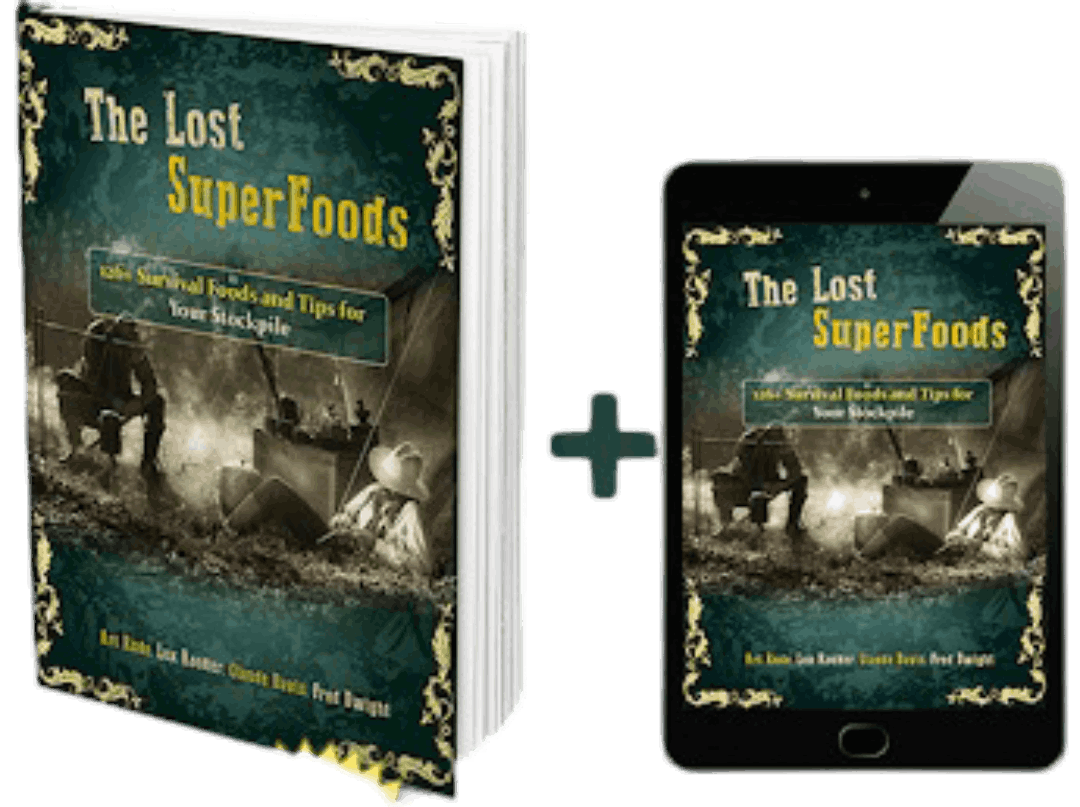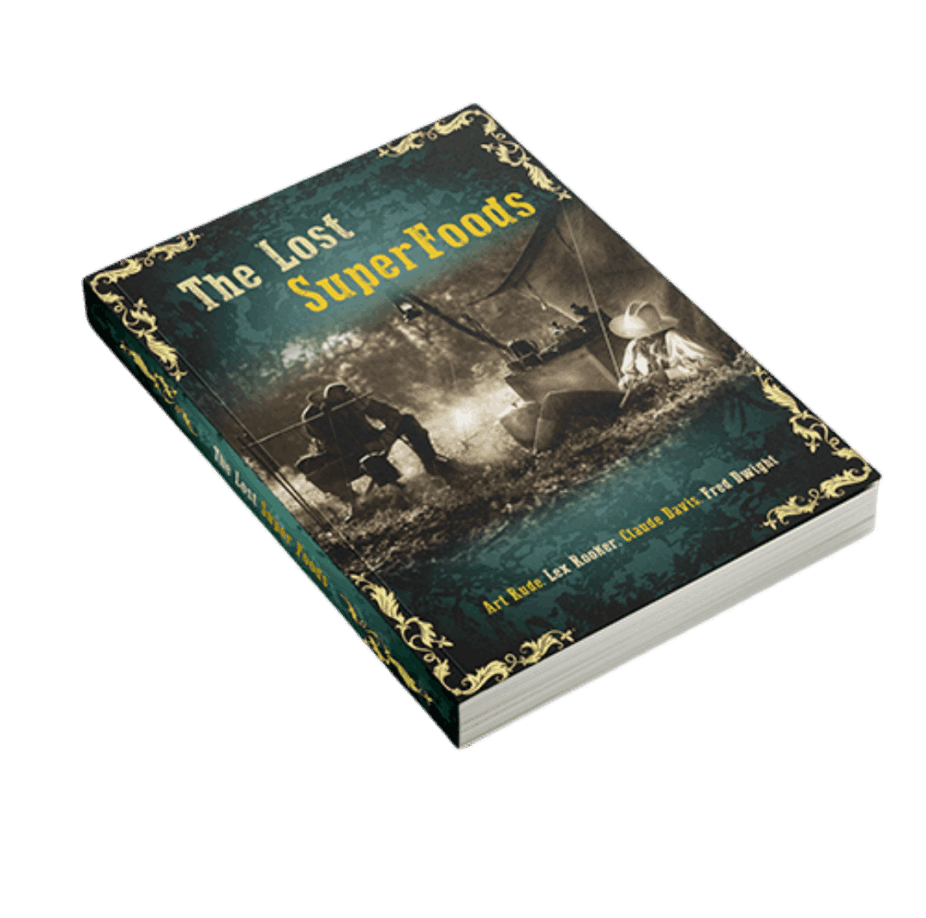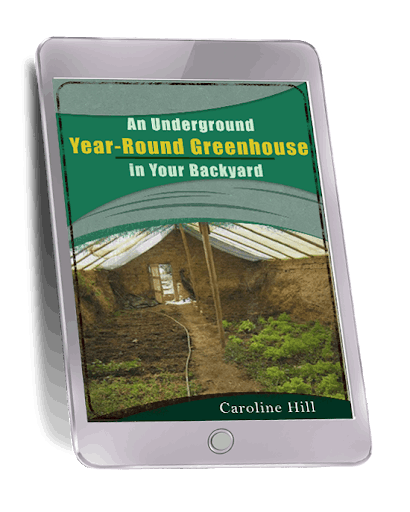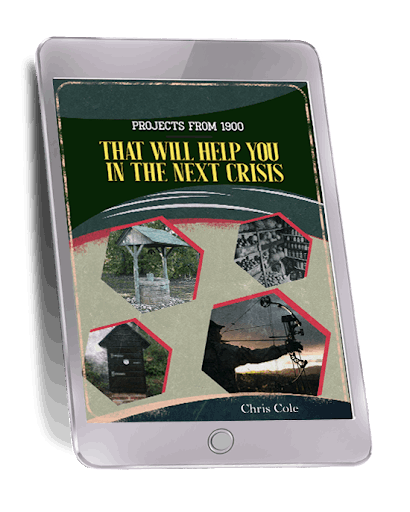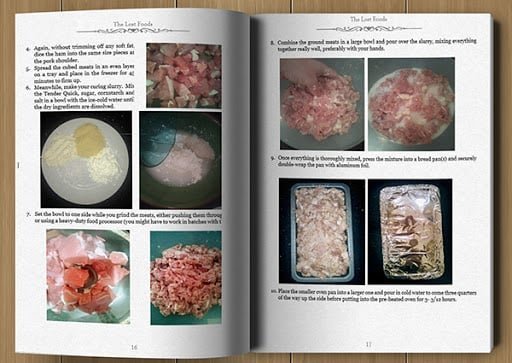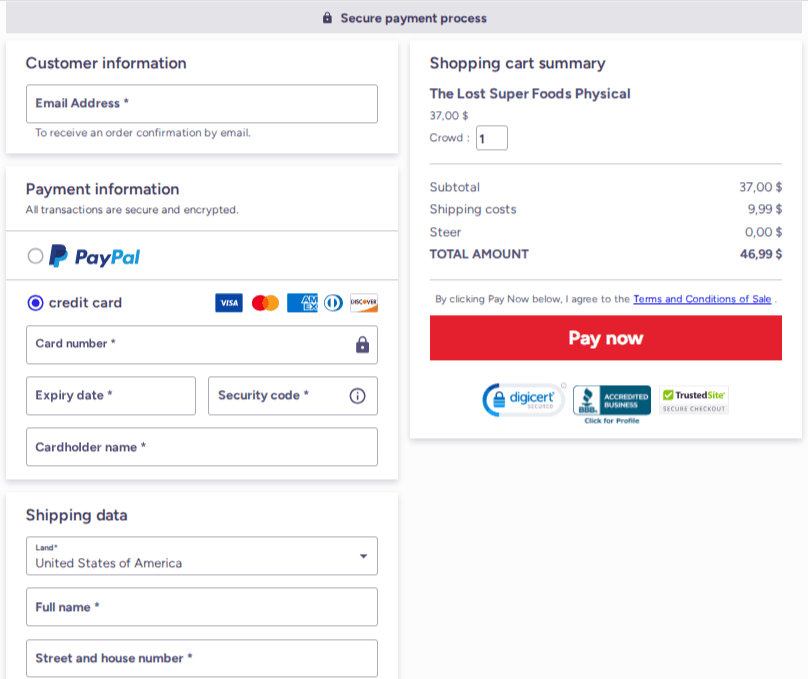The Lost SuperFoods™ - Official Site - Today 90% Off
The Lost Superfoods" is a comprehensive guide
dedicated to reviving forgotten survival food knowledge and preservation techniques that
have sustained people through some of history’s toughest crises. This resource compiles over
126 long-lasting superfoods and storage hacks, each meticulously explained with step-by-step
instructions and visual aids, making it accessible even to those with no prior experience in
cooking or stockpiling. The book’s primary aim is to empower households to prepare for
emergencies—ranging from natural disasters to grid failures—by building a reliable food
reserve that requires no refrigeration and can last for years.
Inside, readers will discover practical recipes and preservation secrets from a wide
range of cultures and eras, including the US military’s Cold War ration, the superfood that
sustained Leningrad during WWII, and ingenious methods used by the Dutch, Vikings, and
Mongols. Each entry includes nutritional information, ensuring that stockpilers can track
their intake of essential macronutrients. By drawing on the wisdom of the past, "The Lost
Superfoods" offers a vital toolkit for anyone seeking food security and resilience in
uncertain times.
